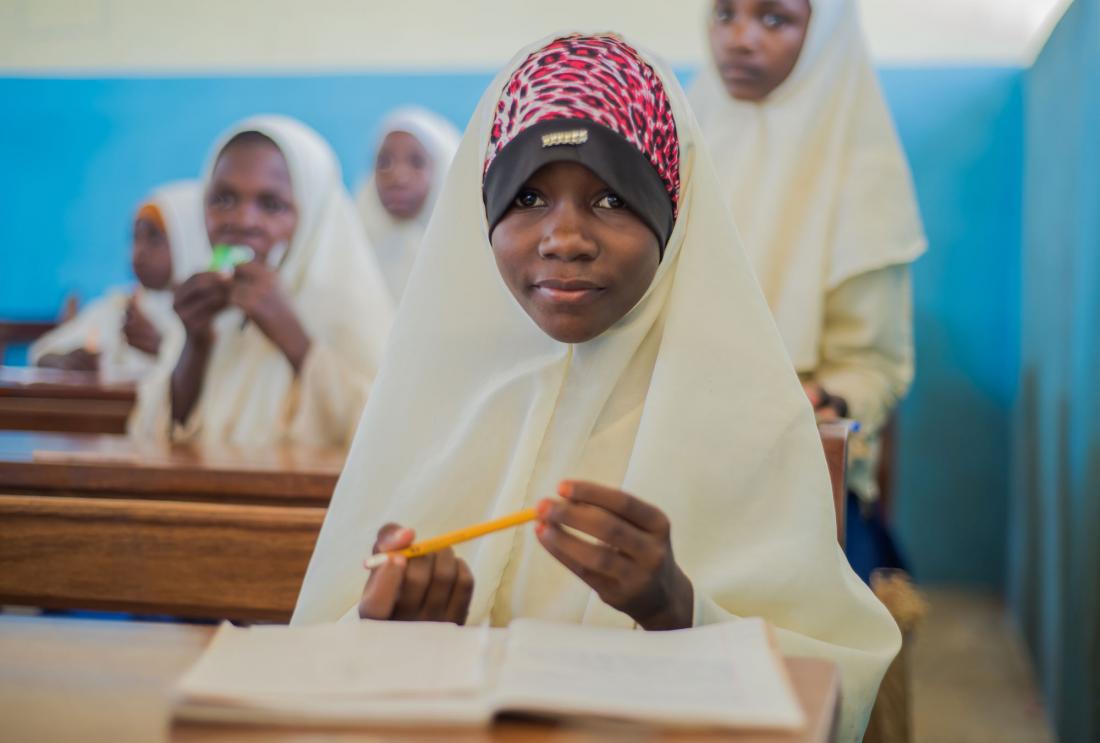Promoting Safe Sex Among Adolescents in Tanzania
- Men and boys
- Women and girls
- HIV/AIDS
- Sexual and reproductive health
- Women’s/girls’ decision-making
- Information
- Social networks
- Norms change
Sub-Saharan African countries face the highest rates of teenage pregnancy and HIV prevalence in the world. Despite decades of public health interventions and research, there is limited causal evidence regarding which types of interventions are most effective in improving sexual and reproductive health (SRH) outcomes. Researchers, in partnership with BRAC, are conducting a randomized evaluation with both male and female adolescents in Tanzania to identify the differential impacts of demand side and supply side interventions and to better understand the role males play in affecting SRH outcomes.
Policy issue
Despite decades of public health interventions and research, sub-Saharan African countries continue to experience the highest rates of teenage pregnancy, early marriage, HIV, and other sexually transmitted infections (STIs) in the world. Because programs to improve supply (e.g. access to contraceptives) and programs to increase demand (e.g. education on the importance of contraceptive use) are typically bundled together, it is difficult to discern which types of interventions are most effective in improving sexual and reproductive health (SRH) outcomes. Furthermore, the majority of existing programs tend to target only females, while descriptive data suggests that males may have more control over decisions around contraceptive use. To address these evidence gaps, researchers are conducting a randomized evaluation with both male and female adolescents to identify the differential impacts of programs addressing supply and demand.
Context of the evaluation
In Tanzania, approximately 60 percent of females report to have had sex by age 18. Yet, less than 10 percent of adolescents aged 15 to 19 report using any modern contraceptive method.1
To improve adolescent females’ SRH outcomes, BRAC, the implementing partner in this evaluation, launched the Empowerment and Livelihood for Adolescents (ELA) program in 2008. The program provides a safe space, skills training, and microfinance to increase the social and financial empowerment of girls and young women aged 12 to 24. ELA clubs operate in Bangladesh, Uganda, Tanzania, Sierra Leone, South Sudan and Liberia. There are nearly 150 ELA clubs operating across three regions in Tanzania (Dodoma, Iringa, and Mbeya).

Details of the intervention
The randomized evaluation is being implemented in partnership with BRAC Maendeleo Tanzania, leveraging their network of adolescent girls’ clubs (ELA clubs). The evaluation is divided into two components: (1) a group-randomized component to test the relative importance of various supply- and demand-side factors that affect SRH outcomes; and (2) an individual-randomized component to test the effectiveness of goal-setting in affecting SRH outcomes.
The group-randomized intervention includes the following treatment groups:
- Female demand-side treatment: Female adolescents are offered standard SRH programming that includes improved SRH education through the ELA clubs. This will allow researchers to investigate the effectiveness of demand-side issues related to education.
- Female supply-side treatment: Research partners from Marie Stopes Tanzania visit the females approximately once every two months and offer them free contraceptives. This will allow researchers to understand how much of the low contraceptive rates are due to supply-side constraints.
- Male demand-side treatment: Males control much of the power in negotiations over contraceptive use and sexual behavior. Therefore, researchers have selected males from the sexual networks of females and are offering them education around SRH and domestic violence issues through soccer clubs. The NGO implementing this arm is Grassroots Soccer. By adding male peers to the intervention, researchers will be able to test whether improving males’ knowledge of SRH results in larger improvements in female outcomes.
- Comparison: A comparison group of adolescent females and males has been recruited from communities neighboring the intervention communities. These comparison communities come from an earlier randomized evaluation of the ELA program when the program was initially rolling out (Buehren et al., 2017).
On top of on the group-randomized intervention, researchers are implementing a second individually-randomized intervention that cuts across all treatment arms. Researchers have randomly assigned individual females to one of two groups:
- Goal-setting treatment: A subsample of females from each treatment arm was selected to participate in a goal-setting exercise where they were asked to commit to remaining HIV/STI free and set three specific strategies to accomplish this goal. This treatment will allow researchers to investigate the impact of commitment to SRH on SRH outcomes.
- Comparison: The remaining girls in the parent intervention serve as a comparison group.
To assess the effectiveness of the SRH programming, researchers will collect data from all groups on a range of health and behavioral indicators. They will analyze adolescents’ SRH behavior, including reported sexual activity, pregnancies, and knowledge of contraception methods. In addition, they will gather data on other health behaviors, including drinking, smoking, socializing, and self-reported mental and physical health. Outside of health, researchers will analyze adolescents’ economic behaviors, including savings and employment status, along with other behavioral indicators, including risk-taking and optimism. Finally, researchers will map adolescents’ social networks to better understand how adolescents’ peers may influence their decisions.
Results and policy lessons
Study ongoing. Results forthcoming.
National Bureau of Statistics (2010). “Tanzania: Demographic and Health Survey 2010.” https://dhsprogram.com/pubs/pdf/FR243/FR243[24June2011].pdf.


